Common Symptoms Of Rickets
Rickets is not as common as it used to be, at least not in the West. It is most often caused by a deficiency in vitamin D, the vitamin crucial to the development of strong bones and teeth in conjunction with calcium and phosphorus. If there’s not enough vitamin D in the body, calcium cannot be absorbed from the intestines, and the kidneys hold on to their stores of phosphorus. This leads to poor mineralization of bone structures, resulting in soft bones, which can’t hold up the architecture of the body properly. Though rickets is thought of as a disease of children, it can also affect adults. The adult form of rickets is called osteomalacia. Start reading now to learn about the major symptoms of rickets now.
Bowed Legs
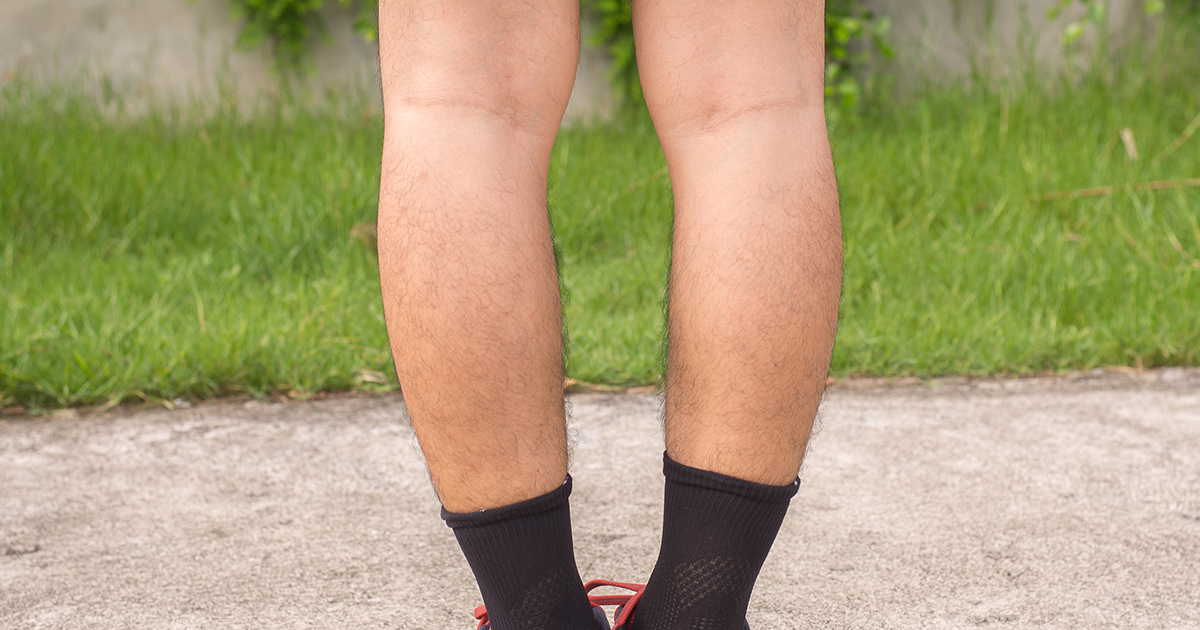
Bowed legs, also called genu varum, result because of the soft bones caused by vitamin D deficiency. Interestingly, all babies and toddlers have a bit of this until they are about three years old when the knees and the legs start to ossify and straighten out. Before this, the baby’s bones are largely made of more flexible cartilage. Ossification happens if the child receives their recommended daily allowance of vitamin D and other nutrients. Genu varum after three or four years old can be corrected by proper diet and by not allowing the child to stand on their feet until rickets is resolved. Some children are given splints to straighten their legs. In adult patients, surgery is the only way to cure bowed legs permanently.
Continue for more symptoms of rickets now.
Muscle Weakness
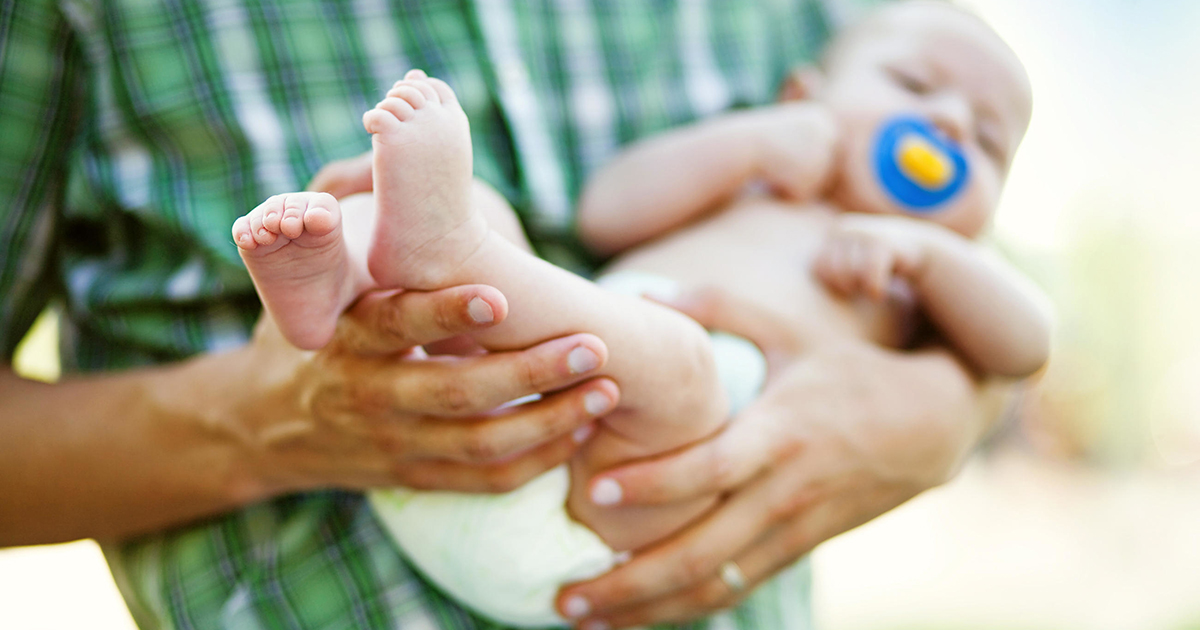
The muscles of a patient with rickets don’t undergo the contractions or have the range of movement of normal muscles. This results in muscle weakness that may present as the patient not being able to perform tasks that come easily to healthy individuals, such as opening a jar or picking up a relatively lightweight object with one hand. With rickets, the muscles are weak because the bones of the skeleton are weak. The muscles are also poorly developed. Doctors will recommend not only vitamin D supplements for the child but also exposure to sunlight. The sun's ultraviolet rays stimulate the body to produce its own vitamin D, one of the vitamins the body can make on its own.
Keep going for more symptoms of rickets now.
Delayed Growth
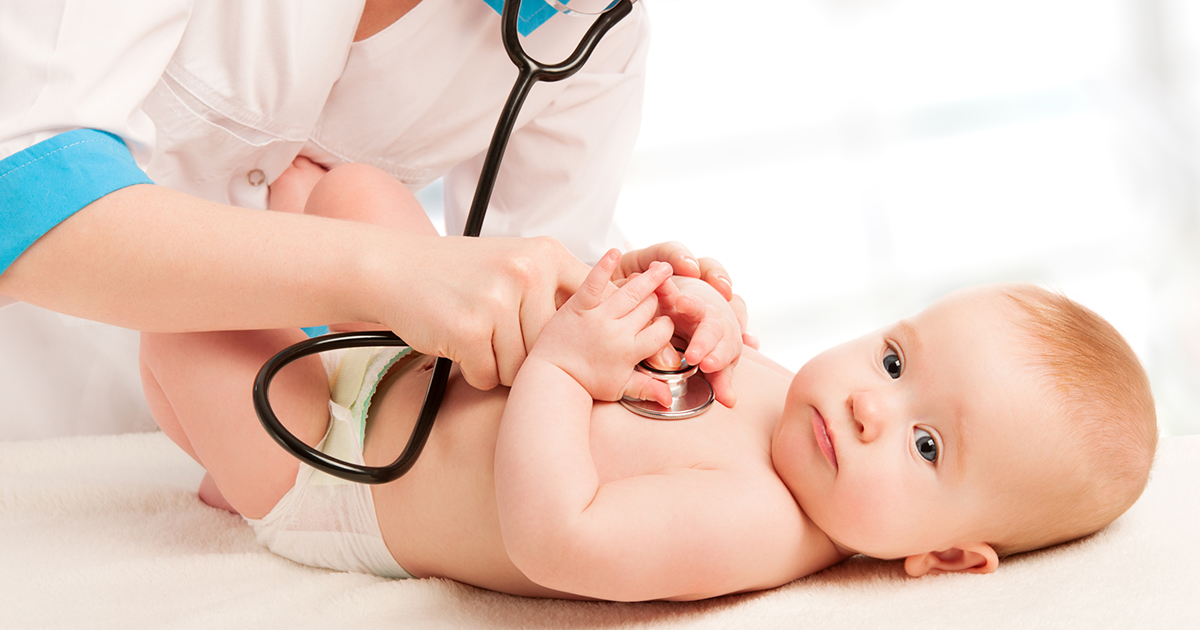
The vitamin D deficiency also causes delayed growth in some children with rickets, which means the child isn’t growing at the typical rate for their age, and they are smaller and not as strong as their peers. Rickets tends to strike when the patient is a baby. This is when they would normally be experiencing very rapid growth, and their need for vitamin D and calcium to build their bones is great. Again, the way to correct the delayed growth is to treat the child’s rickets as soon as possible. If the child isn’t treated while they are very young, they may become unusually short adults. Moreover, any skeletal deformities they have as the result of their rickets will be very difficult to treat.
Keep reading to discover more signs of rickets.
Pain In Spine, Pelvis, And Legs
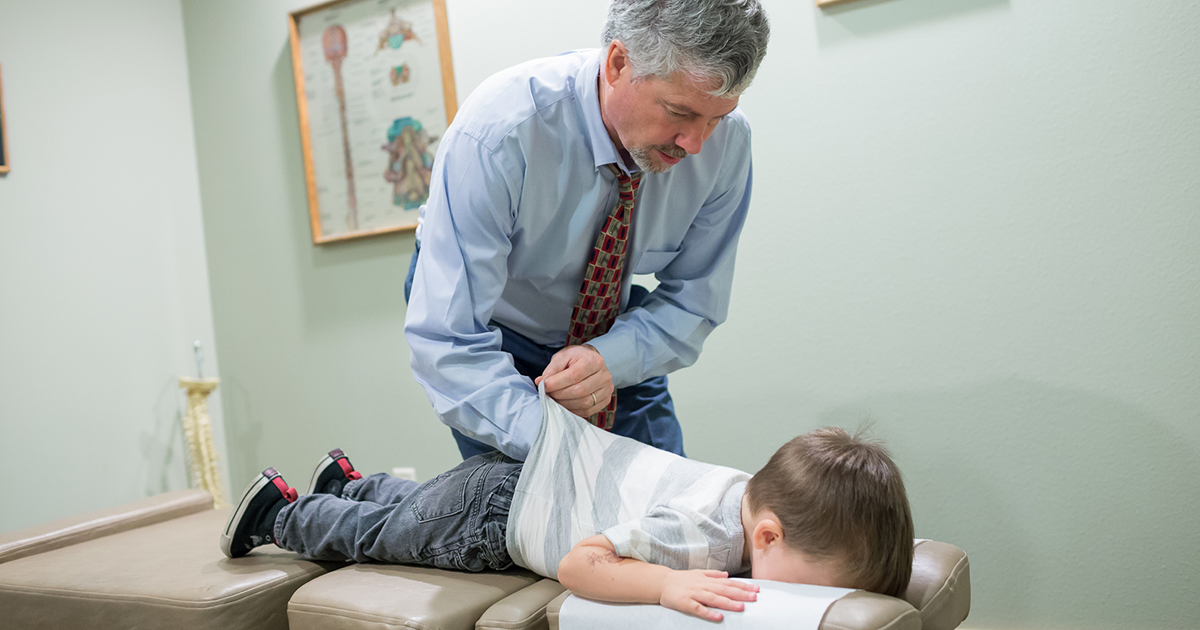
The softness of the bones of a patient with rickets makes their skeletons ill-equipped to support their body, which leads to pain, especially in weight-bearing areas such as the legs, spine, and pelvis. The child may also have pain in their arms. There is not just pain in these areas, but the bones in those areas are tender and are at risk of fractures because they are soft. The spine may also be curved and the bones of the pelvis not only painful and tender but deformed. This only compounds the pain the child feels.
Continue reading to understand more about the significant symptoms of rickets now.
Thickened Ankles And Wrists
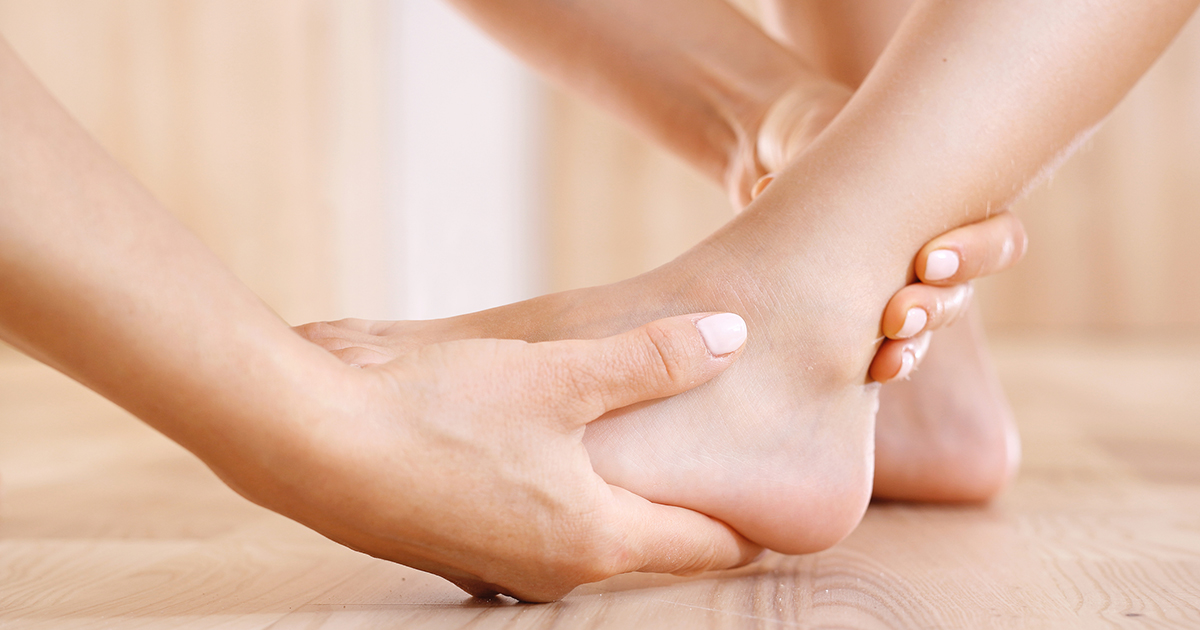
Though their bones are soft, babies and children with rickets often present with thickened ankles and wrists, because the cartilage and bone cells in the growth plates in these areas expand even in the presence of rickets. The growth plate is the part of the bone that keeps growing during childhood and should ossify as the child grows. However, in rickets, the bones do not mineralize properly as the growth plate develops, which leads to the child’s ankles and wrists being unusually thick and wide. Unfortunately, the bones of the wrists and ankles are so soft they can be bent, which puts these joints at risk of deformity.